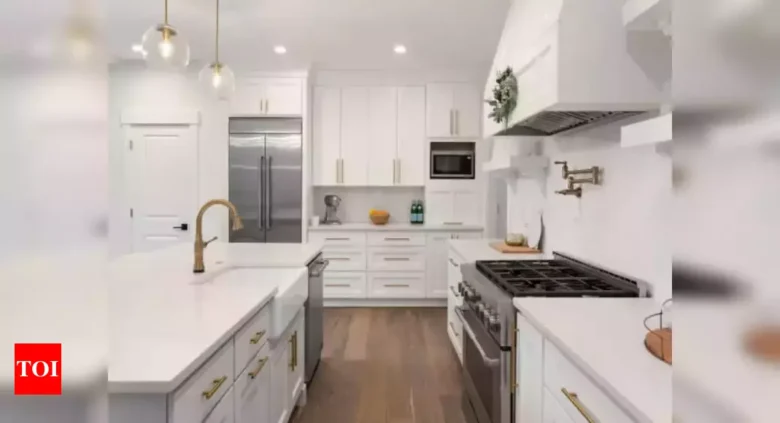
Making a Safe Haven for Indoor Gardening
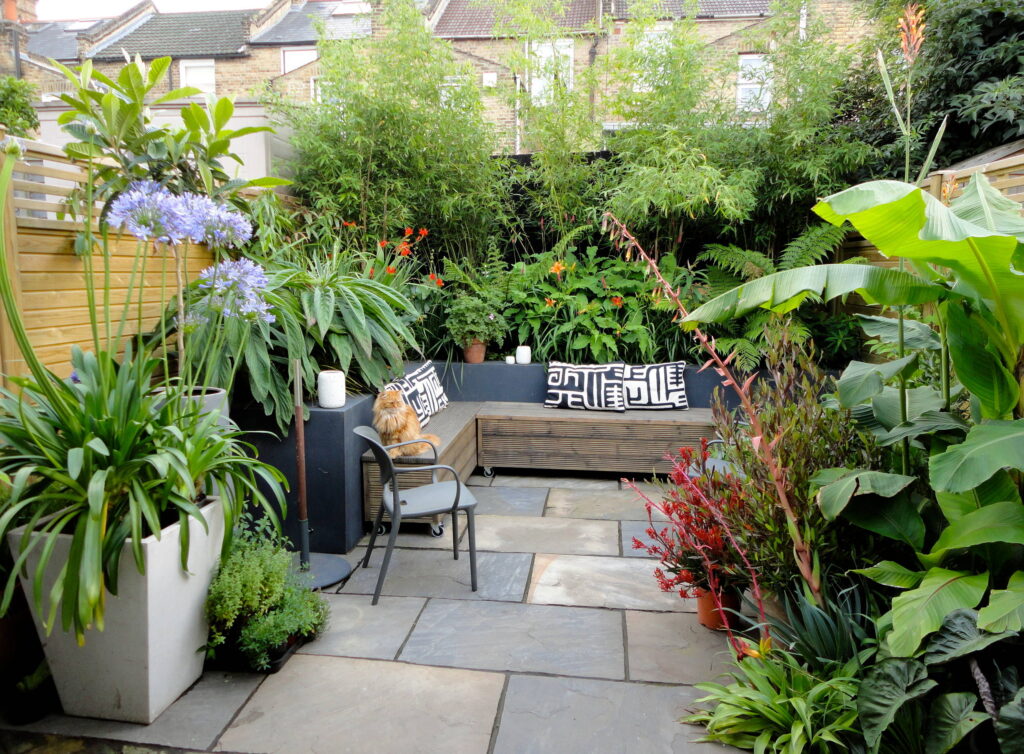
Are you passionate about plants? Are you hoping to create a vibrant, lush green haven in your living area? This post will help you create a safe haven for your cherished plants, regardless of your level of gardening experience or where you are in the process of starting a home garden. Everything you need to know to grow a successful indoor garden will be covered, from choosing the right plants to giving them the best care possible.
- First Off
- Selecting the Ideal Plants
- Plant-Light Conditions Matching
- Thinking About Size and Space
- Considering Maintenance
- Creating the Perfect Ambience
- The temperature and light
- Humidity Regulation
- Selecting Soil and Repetting
- Taking Care of Your Plants
- Water Management
- Putting a Feeding Schedule in Place
- Trimming and Instruction
- Taking Pride in Your Indoor Garden
- Innovative Display Concepts
- How to Use Decorative Planters and Pots
- Typical Obstacles and How to Get Past Them
- Taking Care of Pests
- Handling Illnesses
- Resolving Issues with Growth
- Developing Relationships with Other Plant Lovers
- Taking Part in Plant Groups
- Participating in Events and Workshops
- In summary
- Q&As
First Off
In recent years, growing plants at home has become a popular way to bring the beauty of nature inside. Indoor plants have many health advantages in addition to improving the aesthetic appeal of your living area. Incorporating an indoor garden has numerous benefits, such as enhanced air quality and decreased stress levels.
Selecting the Ideal Plants
It is important to select plants that suit your tastes and the conditions of your house before you start your home gardening project.
Plant-Light Conditions Matching
Different plants require different amounts of light. While some plants prefer bright, direct sunlight, others do better in dim lighting. Consider the amount of natural light in your house when choosing plants.
Thinking About Size and Space
It matters how big your indoor garden is. Choose vertical gardening ideas or small plants if you're short on room. Greater plant options are available in larger areas.
Considering Maintenance
When estimating how much time you can spend on plant maintenance, be truthful. While some plants need more care, others are low-maintenance and ideal for people with hectic schedules.
Creating the Perfect Ambience
It's crucial to provide your indoor plants with the ideal conditions for growth and health.
The temperature and light
Plants should be placed where they can receive enough sunlight, but direct sunlight that is too strong might scorch leaves. Furthermore, keep your room at a constant temperature; stay away from drafts and abrupt shifts in temperature.
Humidity Regulation
Humidity promotes the growth of many plants. Consider installing a humidifier or growing plants on trays with water and pebbles if you live in a dry climate.
Selecting Soil and Repetting
Select a potting mix that drains well enough for your plants. Your plants might outgrow their containers as they get bigger. Move them to slightly bigger pots so that their roots can spread out.
Taking Care of Your Plants
Taking good care of your indoor garden is crucial to its longevity and health.
Water Management
Your plants may be harmed by underwatering or overwatering. Find out how much water each plant requires specifically, then water appropriately. Pots should always have extra water allowed to drain.
Putting a Feeding Schedule in Place
Nutrients are necessary for indoor plants to grow healthily. During the growing season, fertilize them frequently; however, during the dormant season, cut back on feeding.
Trimming and Instruction
To encourage new growth and get rid of any dead or yellowing leaves, prune your plants. Training refers to the process of shaping certain plants while they are growing.
Taking Pride in Your Indoor Garden
When your indoor garden takes off, you'll want to display it to its fullest.
Innovative Display Concepts
Organize your plants in ways that will catch the eye. For added depth and dimension, use hanging planters or make little plant clusters.
How to Use Decorative Planters and Pots
Decorative planters and pots that go well with your interior decor will enhance the visual appeal of your indoor garden.
Typical Obstacles and How to Get Past Them
Although planting at home can be rewarding, difficulties will inevitably arise. Here are some common issues to tackle.
Taking Care of Pests
Watch out for any indications of pests on your plants. If you find any, get rid of them right away with natural cures or insecticidal soap.
Handling Illnesses
Indoor plants can quickly become infected. Before adding new plants to your collection, quarantine them, and get rid of any infected plants right away to stop the spread of disease.
Resolving Issues with Growth
Reevaluate the way you are caring for your plants if they seem lanky or are having trouble growing. As necessary, adjust the levels of light, water, and nutrients.
Developing Relationships with Other Plant Lovers
Being a part of a plant-loving community can be educational and enriching.
Taking Part in Plant Groups
Online forums and social media platforms provide places to interact with other plant lovers. Talk to other indoor gardeners, ask for advice, and share your experiences.
Participating in Events and Workshops
Workshops and events are held at numerous botanical gardens and gardening centers. By taking part in these activities, you can increase your knowledge and abilities.
In summary
Establishing a sanctuary for indoor gardening is a rewarding project that infuses your home with the beauty of nature. You can create an indoor garden that not only flourishes but also enhances your environment with the right plants, good maintenance, and a little bit of imagination.
Q&As
How frequently should my houseplants be watered? The type of plant and its requirements will determine how much water it needs. Usually, wait until the top inch of soil dries out before applying more water.
Can I grow plants indoors using ordinary garden soil? To ensure proper growth and drainage, it is best to use a potting mix that is designed especially for indoor plants and has good drainage properties.
If the leaves on my plant turn yellow, what should I do? Yellowing leaves can be a sign of a number of problems, including nutrient deficiencies or overwatering. Evaluate your plant's care regimen and make necessary adjustments.
Are artificial lights good for growing plants indoors? Absolutely, especially in low light conditions, some artificial lights—like full-spectrum LED grow lights—can supply the required light spectrum for plant growth.
How can I keep my indoor garden free of pest infestations? To avoid pest infestations, regularly check your plants, maintain them clean, and isolate new plants before adding them to the rest of your collection.
Deja una respuesta

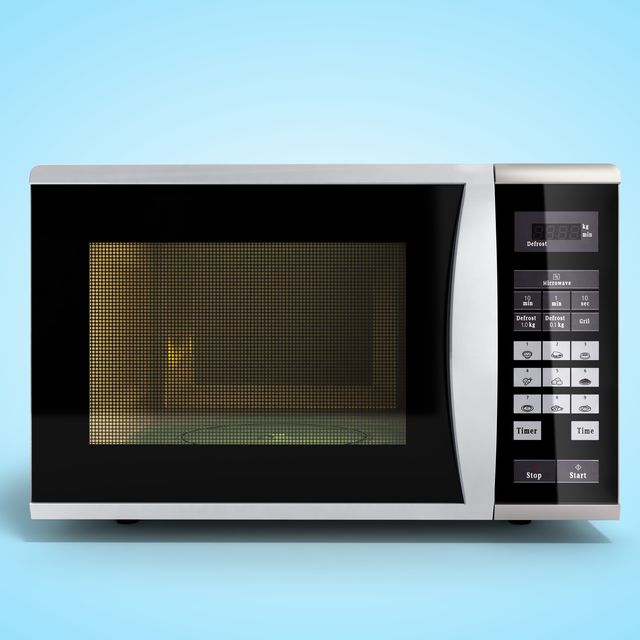

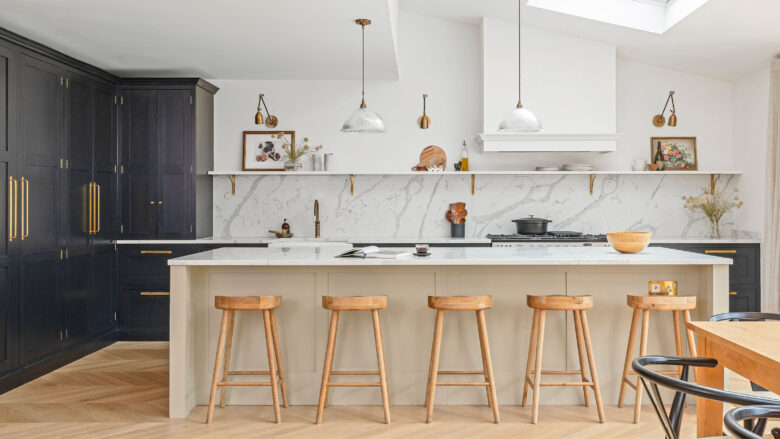
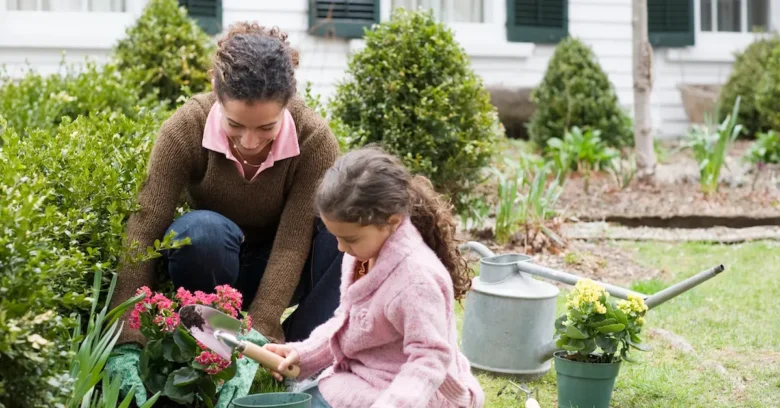
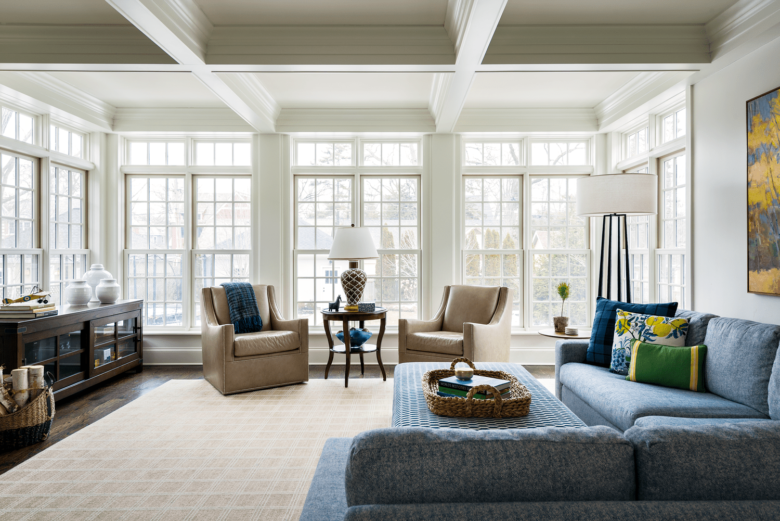
Otros artículos que podrían interesarte: